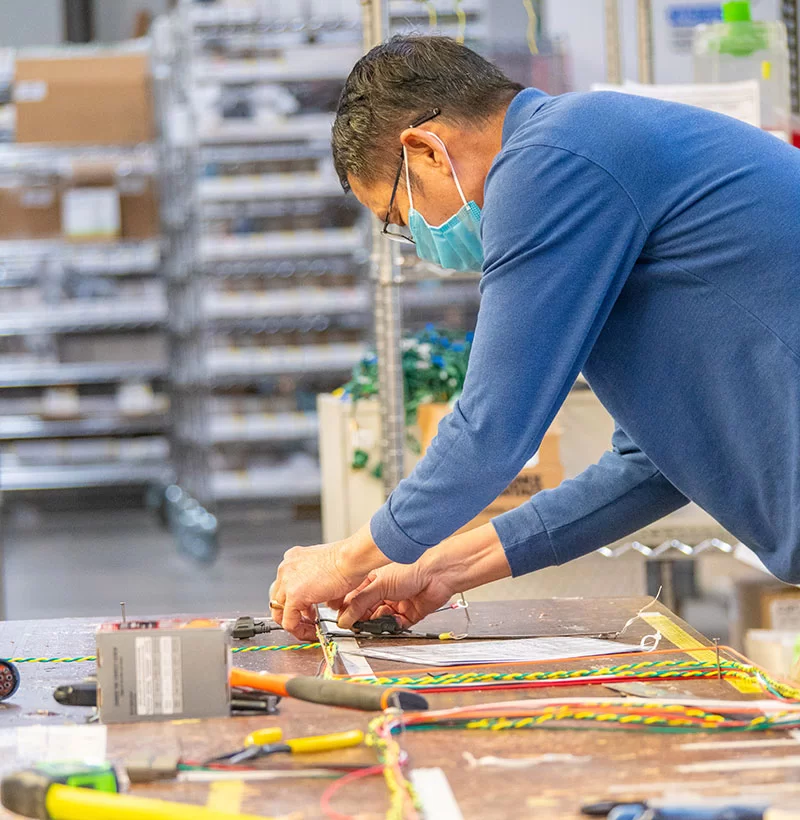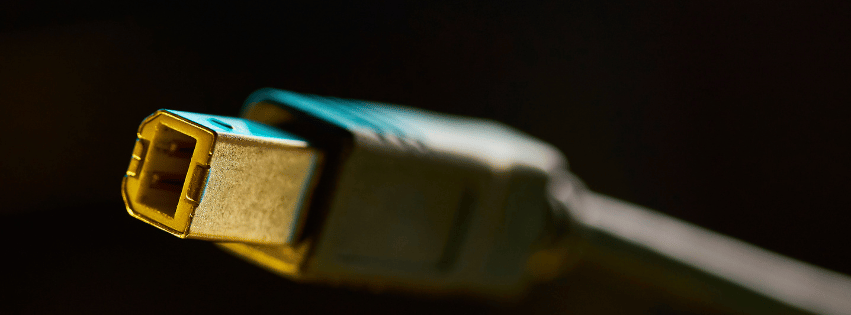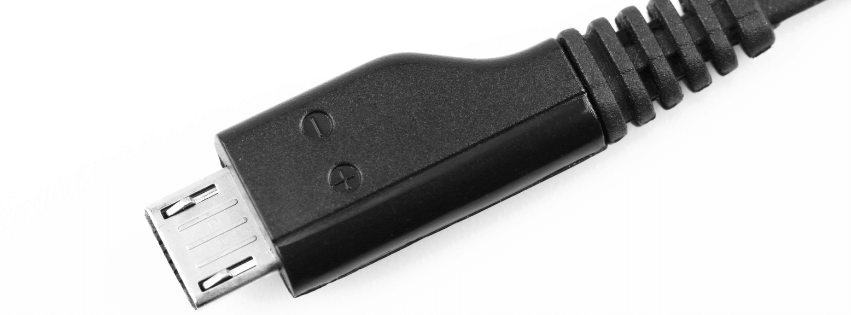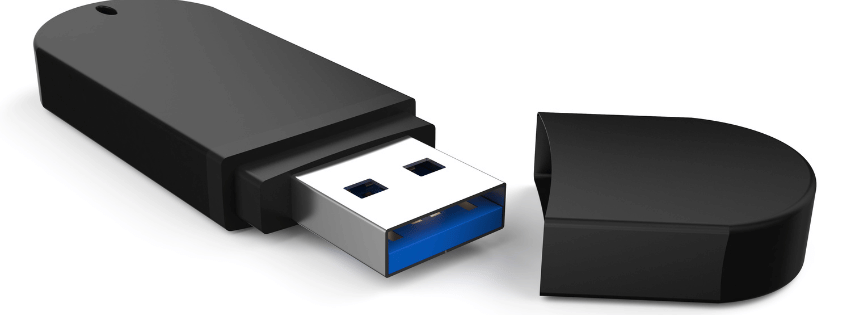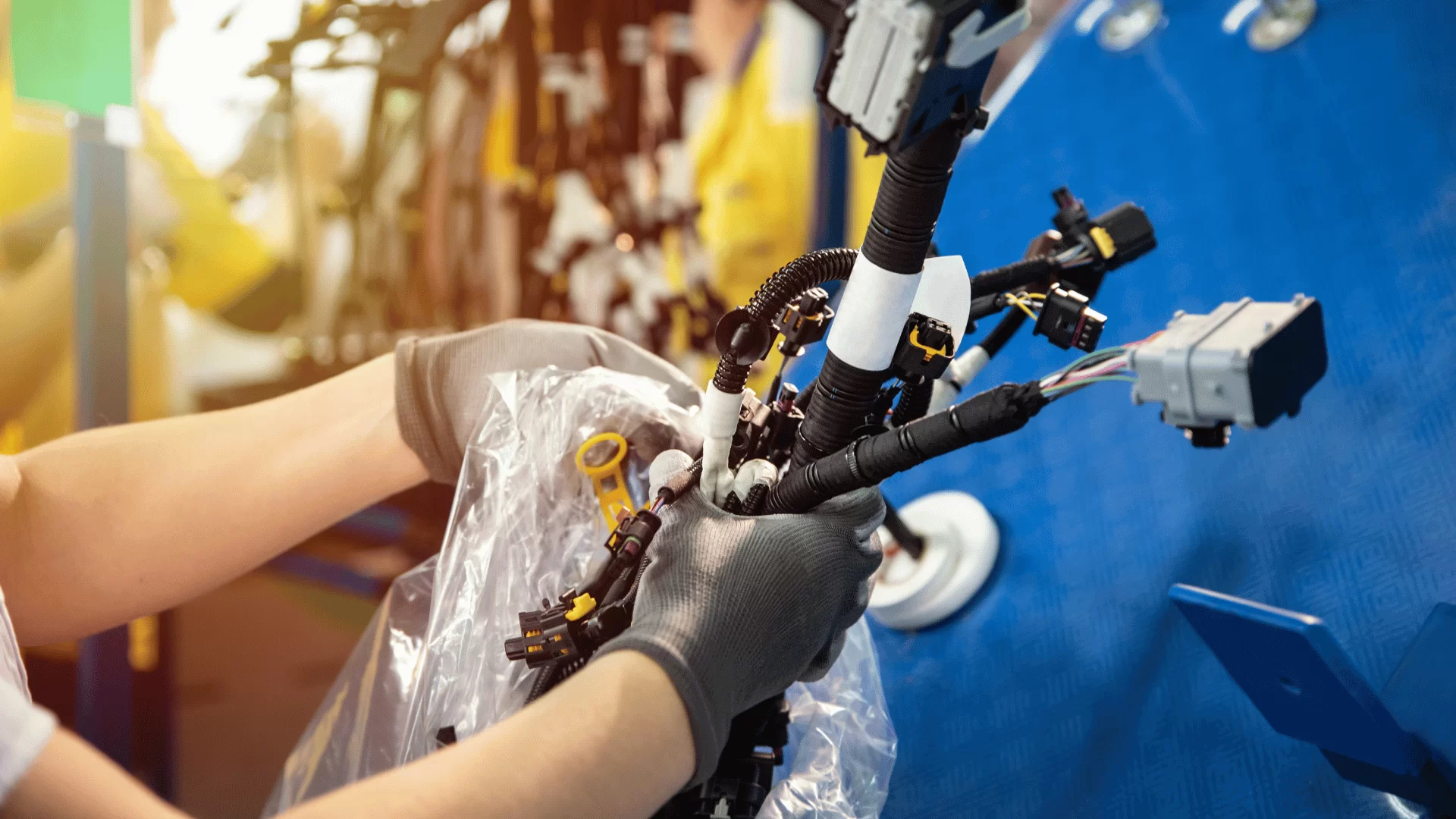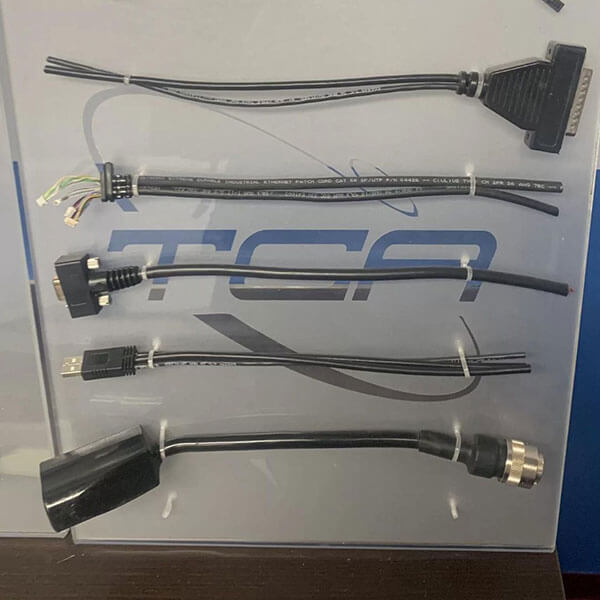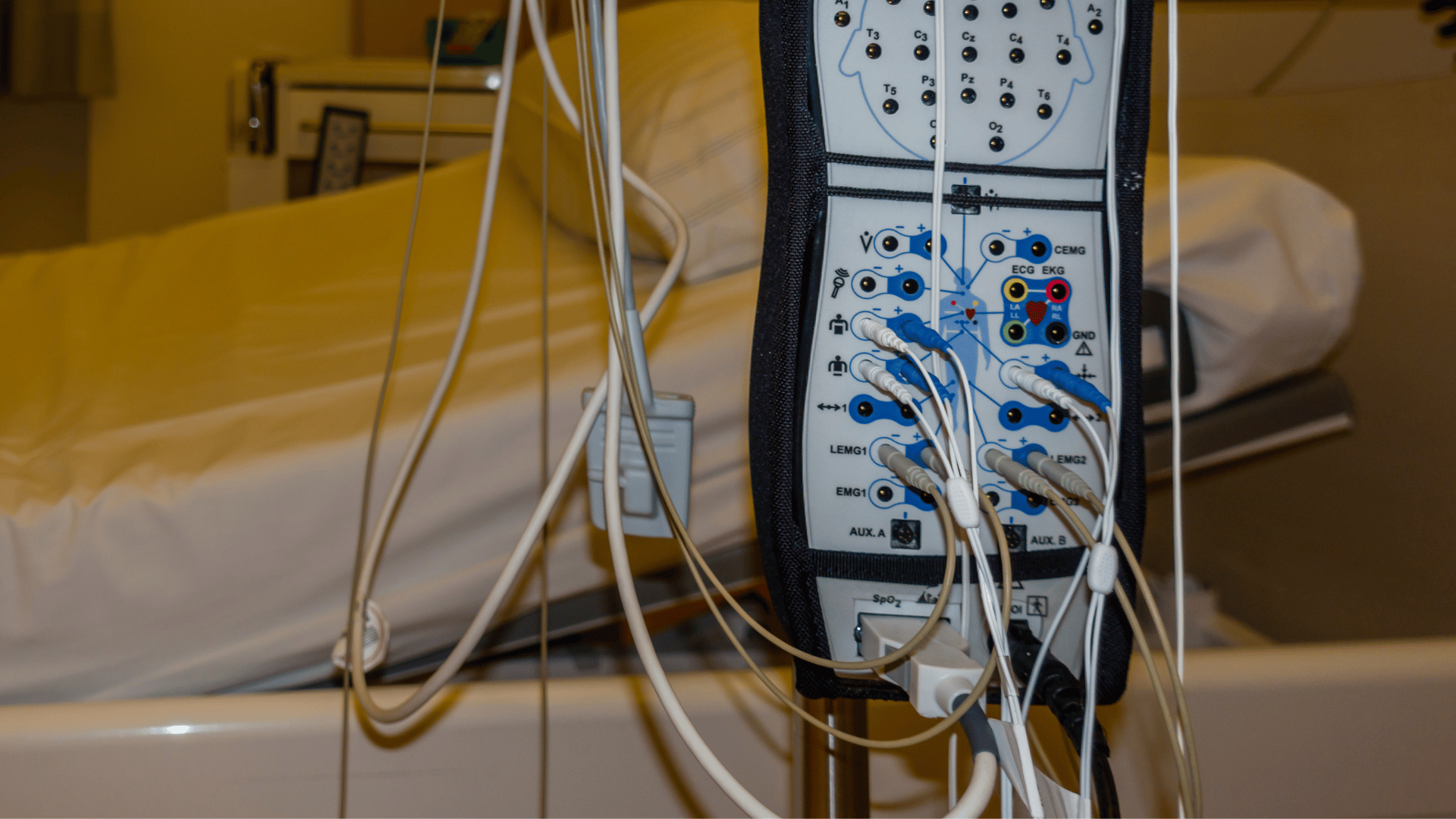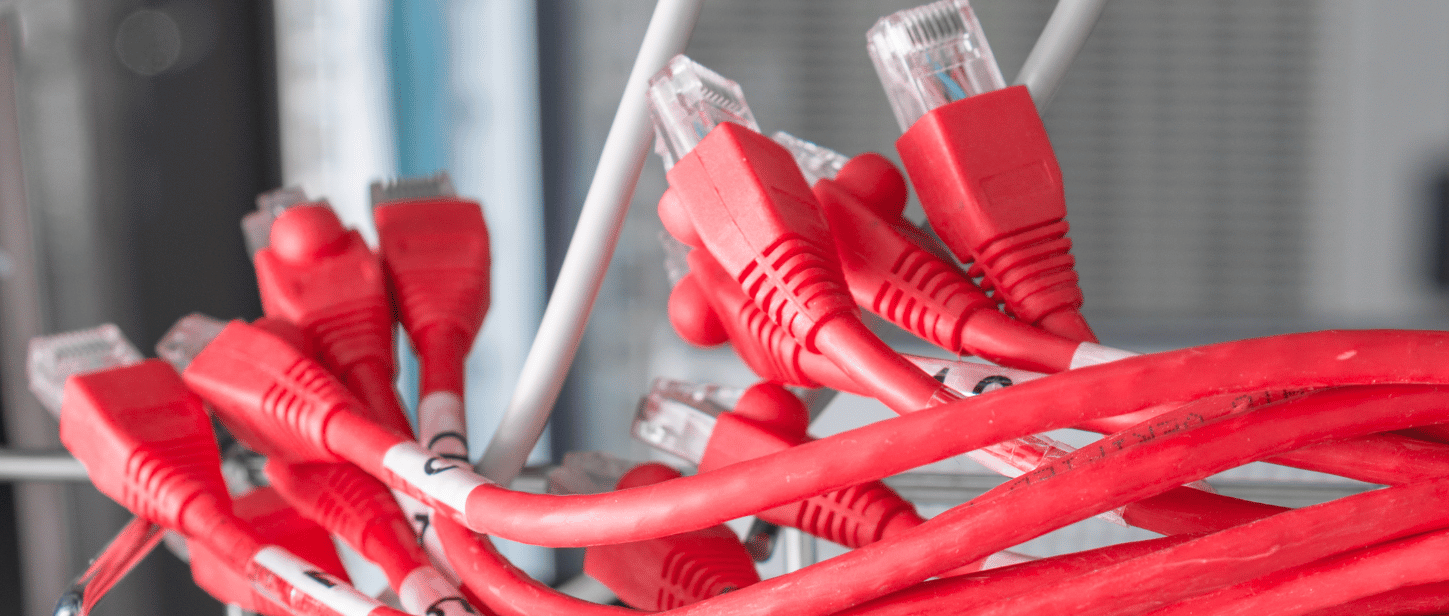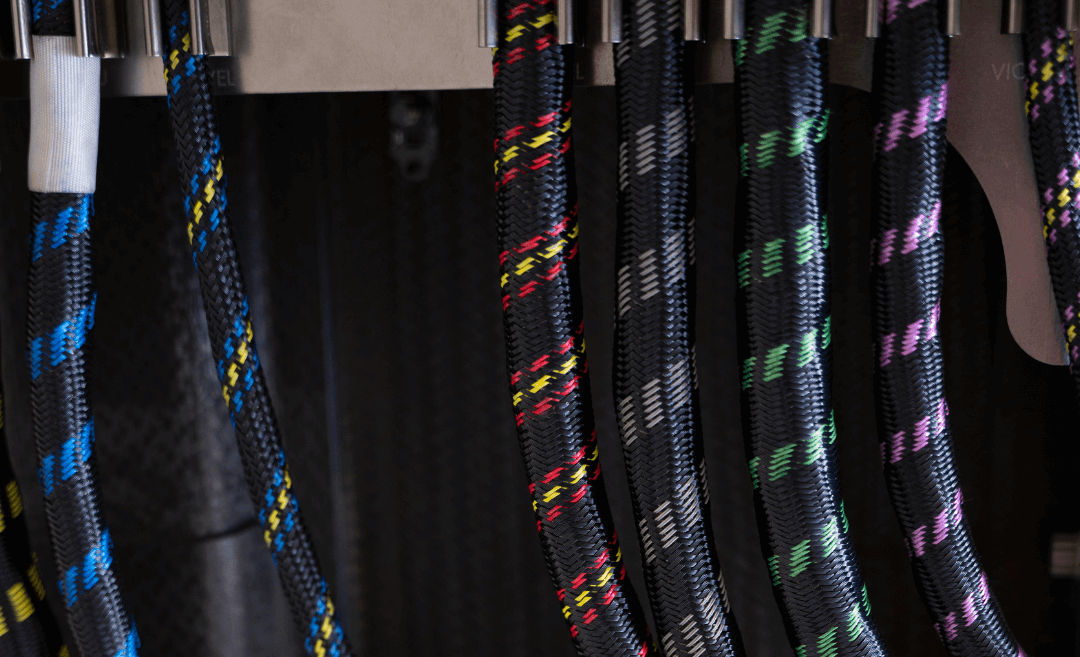Who Builds Cable Assemblies In the USA? TCA Does!
It’s no secret that the international economy is particularly volatile in 2025, and tense relations between the United States and some of the main overseas manufacturing nations are causing uncertainty for many corporations and companies that rely heavily on trade with those locations.
These issues and the difficulty in projecting what will be available for overseas manufacturing in the future may be causing you to consider alternative manufacturing options. In that case, choosing Technical Cable Applications for your cable assemblies is a great way to get a head start!
Decrease Your Reliance on Overseas Cable Assembly Manufacturing with Technical Cable Applications
Founded in 2002, Technical Cable Applications has been manufacturing cable assemblies at our facility in the Pacific Northwest for over two decades. We have grown exponentially since our founding, going from a small company that built boutique cable assemblies to one of the largest custom cable manufacturers on the continent.
We have continued to offer custom, highly specialized cable assemblies for unusual applications with the same flexibility and eye for innovation for the past two decades.
However, we have also grown to the point of building harness assemblies for massive OEM orders on behalf of some of the largest companies in the USA, across dozens of industries and thousands of highly varied applications.
Here are some of the top industries we have served as a cable manufacturer since our inception:
- Telecommunications
- Marine
- Automotive
- Energy
- Agriculture
- Medical
- Construction
Nearshore Wire Harness and Cable Assemblies Opportunities: Manufacture with TCA to Take Advantage
Not only is our facility located here in the United States, but we are partnered with two excellent facilities in Guadalajara that have allowed us to do the majority of our manufacturing and part sourcing in North America.
While some third-party parts or connectors may only be made overseas and still require shipping by cargo boat, we do as much as we can in the US and North America to improve lead times, lower MOQs, and maintain higher quality for all our assemblies custom built for your needs.
We manufacture almost any cable type, and can utilize most commonly used connectors and materials, including but not limited to the following:
- M12 – M8, M5 and all pin types and variants within the M12 family of connectors
- Coaxial – micro coaxial, triaxial, RF, and most/all variants of coaxial cables
- USB – USB-A, USB-C, USB-B, Micro USB, and most variants of USB connector types
- Ethernet – Cat5, Cat6, twisted pair, and most modern or classic Ethernet cables and connector styles
- Media cables and assemblies – DisplayPort, HDMI, SATA, XLR, and most audio/visual specialized cable types
- Overmolded cables – Highly durable shielding for cables to resist extreme temperatures, interference, high pressure, foot traffic, etc.
- Battery cables – Most electric battery cable charging types
Highly Reputable Cable Manufacturer Founded and Operated in the USA
Our close working relationship with our partner facilities allows us to directly ensure that rigorous quality control is maintained at every stage, and our UL and ISO 9001:2015 certified processes there and in our Washington state facility allow us to track every single part, material and cable back to its original source in the event of a problem. We’re also ITAR certified.
Send Specifications and Drawings for Your Cable Assemblies or Harness Assemblies to Get Started
Please send your cable drawing and any necessary NDAs to us at [email protected], or fill out our online form and attach your drawing and documentation to get a quote*!
*Please provide cable drawings and all documentation available when contacting us so we can quickly give you an accurate quote. We will do our best to research specifications and materials if a drawing is not available, but if no documentation exists that may need to be created first before we can proceed.
